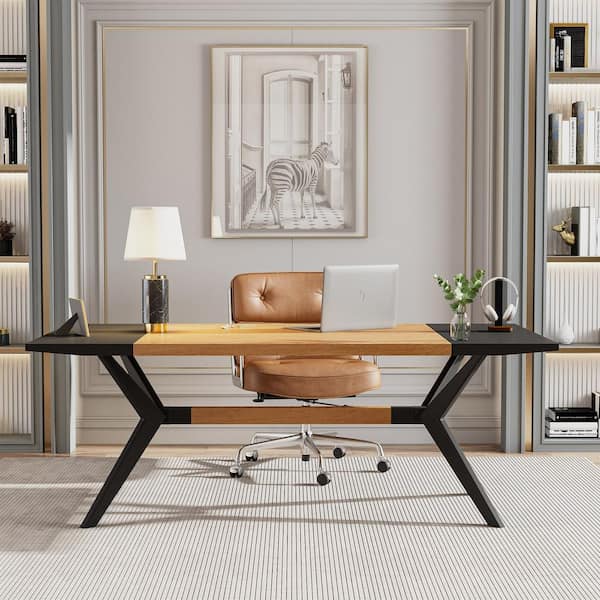Update Your Furniture with Trendy Dining Room Table Legs
Update Your Furniture with Trendy Dining Room Table Legs
Blog Article
A Thorough Consider Eating Table Leg Styles: Finding the Ideal Suit
Picking the best eating table leg style is crucial for both visual appeal and sensible functionality. For those with bigger tables, trestle legs ensure durable assistance, whereas barrette legs introduce a mid-century contemporary ambiance with their minimalist style. The x-shaped legs mix modern style with enhanced security.
Standard Four Legs
Amongst the different kinds of dining table leg styles, the traditional four-leg design remains a classic option for lots of families. Four legs offer balanced assistance, ensuring the table remains stable and qualified of birthing considerable weight (dining room table legs).
From an aesthetic perspective, the traditional four-leg style can be quickly adapted to numerous indoor styles. Whether crafted from timber, steel, or a mix of products, these legs can be elaborately carved, streamlined and minimalistic, or anything in between. Their convenience enables them to complement both rustic and modern settings flawlessly.
In addition, the simple structure of the four-leg layout helps with convenience of activity and placement within a space. Unlike more complicated bases, this style reduces obstructions, supplying sufficient legroom for diners. In recap, the conventional four-leg dining table leg design marries sustaining sophistication with practical capability, making it an astute option for those seeking both kind and function in their eating furniture.
Pedestal Base
Typically commemorated for its elegant and space-efficient design, the stand base is a prominent option to the typical four-leg configuration in dining table leg designs. Without corner legs, diners are afforded higher flexibility of motion, making it an optimal choice for round and oval tables that promote more intimate and inclusive events.
Additionally, the stand base's central support can manage significant weight, enabling making use of larger table tops, such as marble or thick wood. This toughness paired with its visual versatility makes the pedestal base a popular selection in both typical and contemporary indoor setups. It can flawlessly incorporate with different style styles, from traditional sophistication to minimalist modernity. Additionally, the central column itself provides a canvas for intricate designs and artistic expressions, including a component of aesthetic rate of interest below the table. In summary, the stand base integrates functionality snappy, making it a refined and functional option for varied eating atmospheres.
Trestle Legs
Trestle legs supply a durable and ageless structure for eating tables, defined by their horizontal cross-bracing and tough support light beams. Originating from middle ages times, this style has actually evolved yet preserved its necessary structure, making it a seasonal favorite in both standard and contemporary setups. The main trestle beam of light, often sustained by 2 or more vertical messages, offers phenomenal stability, permitting for larger table lengths without the need for added legs.
A significant benefit of trestle leg tables is the ample legroom they use. Unlike tables with 4 corner legs, the lack of blockages at the table's edges supplies unblocked space for chairs and restaurants, boosting comfort and availability. This makes trestle tables ideal for fitting bigger gatherings, whether in a dining-room or a banquet hall.
From rustic farmhouse to streamlined modern layouts, trestle legs can be tailored to suit private preferences. Their long-lasting allure and useful advantages make trestle legs an engaging selection for those looking for both design and usefulness in their eating table.
Barrette Legs

The allure of hairpin legs lies in their simpleness and versatility - dining room table legs. Offered in an array of materials, including steel and brass, they can be completed in countless colors to complement various interior designs. Whether coupled with a rustic wooden tabletop or a modern glass surface area, barrette legs easily blend functionality with a touch of vintage appeal
Longevity is another noteworthy attribute of hairpin legs. In spite of their fragile look, these legs are crafted to bear substantial weight, guaranteeing the table stays steady and safe and secure. In addition, they are relatively easy to install, making them a prominent option for do it yourself enthusiasts and expert furniture makers alike.
X-Shaped Legs

Constructed from materials such as steel, timber, or a combination of both, X-shaped legs can be tailored to match numerous layout choices. Steel legs commonly offer a sleek and industrial feel, perfect for loft-style apartments and contemporary eating straight from the source spaces.
Moreover, the design behind X-shaped legs ensures even weight distribution, reducing the danger of wobbling and improving toughness. This makes them especially fit for bigger dining tables that need added assistance. In significance, X-shaped legs mix functional design with modern-day aesthetics, making them a timeless selection for diverse eating atmospheres.
Final Thought
A comprehensive understanding of dining table leg styles reveals the unique attributes and advantages of each design. Traditional four legs offer stability and timeless charm, while pedestal bases give legroom and a streamlined appearance. Trestle you could check here legs guarantee robust assistance for bigger tables, and hairpin legs introduce a mid-century contemporary visual. X-shaped legs integrate contemporary design with improved stability. Selecting the proper leg design ensures both useful and visual fulfillment in any kind of eating space.
Report this page